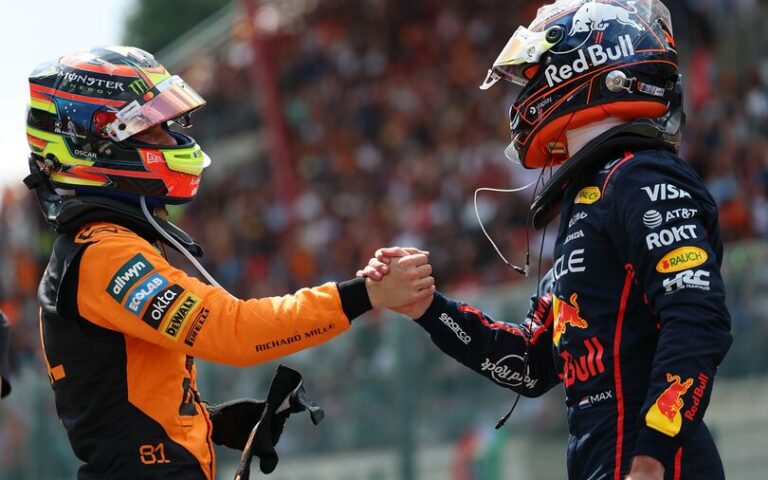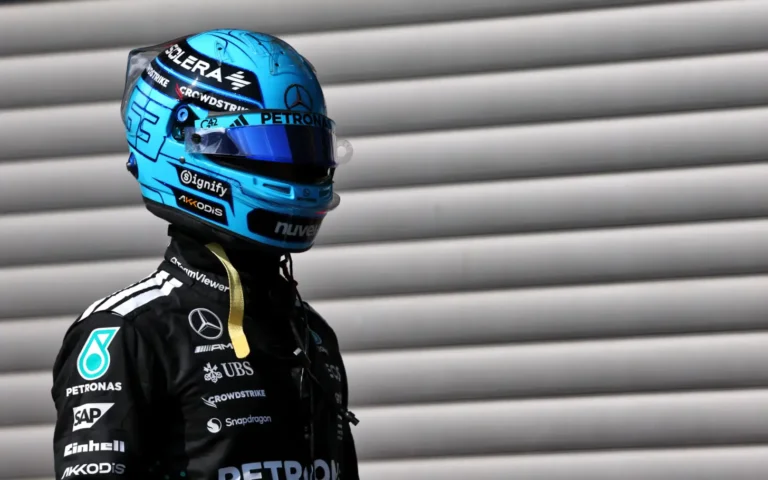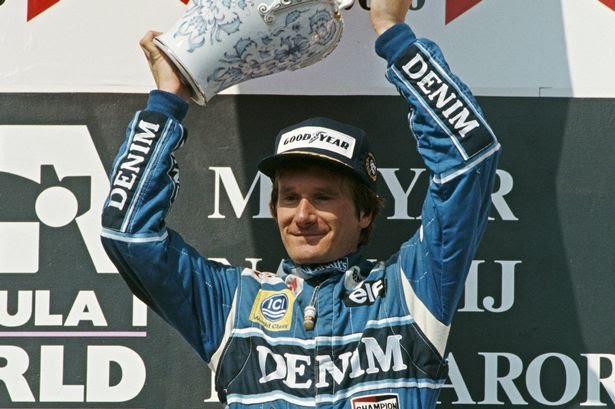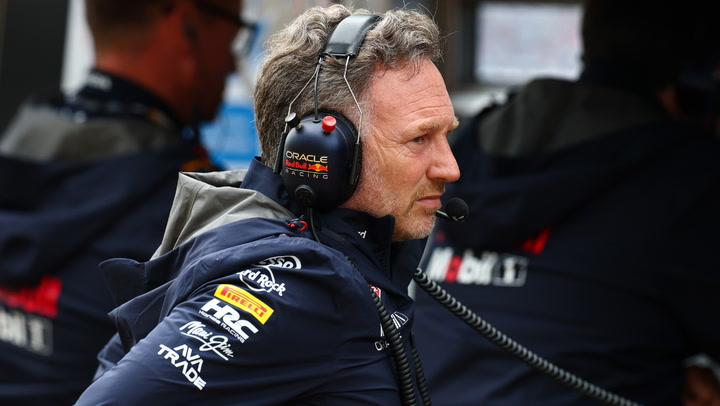
Lewis Hamilton experienced a major blow during qualifying at the iconic Spa-Francorchamps circuit, where a track limits violation resulted in the deletion of his fastest lap. This crucial error dropped the seven-time world champion out in Q1, placing him 16th on the grid for the Belgian Grand Prix. The disqualification of the lap due to exceeding track boundaries was a massive disappointment for Hamilton, who had shown promising pace before the penalty. The incident not only shocked fans but also drew intense scrutiny from pundits and commentators.
During the first session of qualifying, Hamilton looked to be on a competitive run as he pushed his Mercedes to the limit on the challenging Spa layout. However, his lap was invalidated after the race stewards reviewed data and determined that he had crossed the track limits at one point. Although the exact corner where the violation occurred wasn’t disclosed, the decision triggered discussions among analysts regarding the rigidity and consistency of Formula 1’s track limit rules. Many felt that while the regulations are clear, the interpretation often varies, leaving drivers vulnerable to sudden eliminations.
The debate surrounding track limits enforcement continues to be a hot topic in F1. The rules are designed to ensure fair racing by preventing drivers from gaining an advantage by going off-track, but they have increasingly come under fire for being too strict or inconsistently applied. Hamilton’s situation at Spa reignites these concerns, especially given how tight margins are in modern F1 qualifying. With no room for error, drivers must strike a delicate balance between aggression and compliance—something Hamilton fell short of on this occasion.
Hamilton’s visible frustration was echoed across the F1 paddock. Analysts and former drivers weighed in, questioning whether the rules could be applied more leniently or clarified further. His early exit added another setback to what has been a turbulent season for the veteran driver and his Mercedes team, who have been struggling to match the pace of leading rivals. With Hamilton now starting far back on the grid, he faces an uphill battle to score points and salvage a respectable result in Sunday’s race.
The qualifying debacle at Spa exemplifies the high-stakes environment of Formula 1, where even a minor misjudgment can derail an entire weekend. For Hamilton, the challenge now is to make a comeback from 16th place—requiring both strategic brilliance and flawless execution during the race. The Belgian Grand Prix will now serve as a critical test of his ability to recover, while also fueling the ongoing conversation around track limits and their impact on the sport’s most competitive moments.



